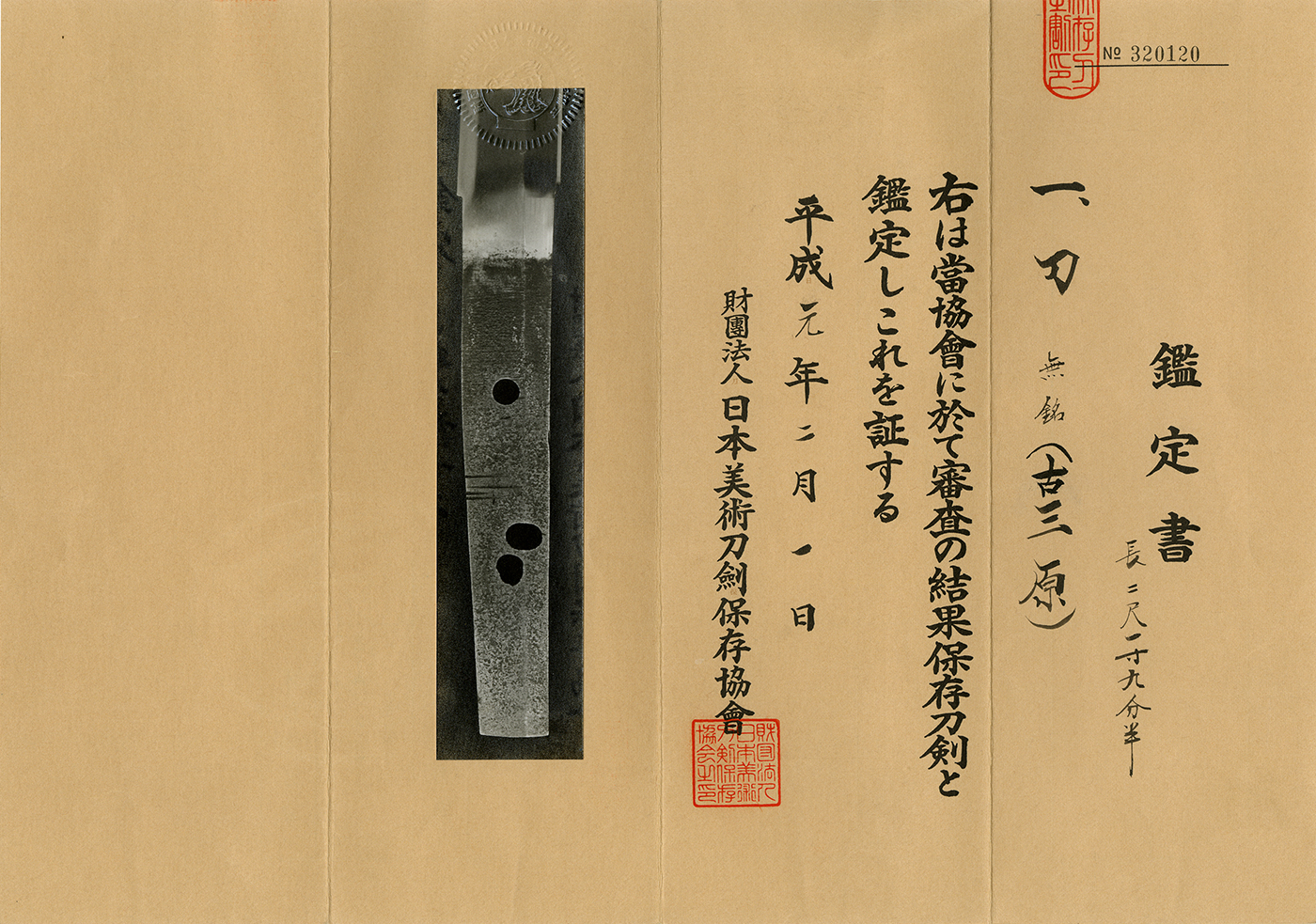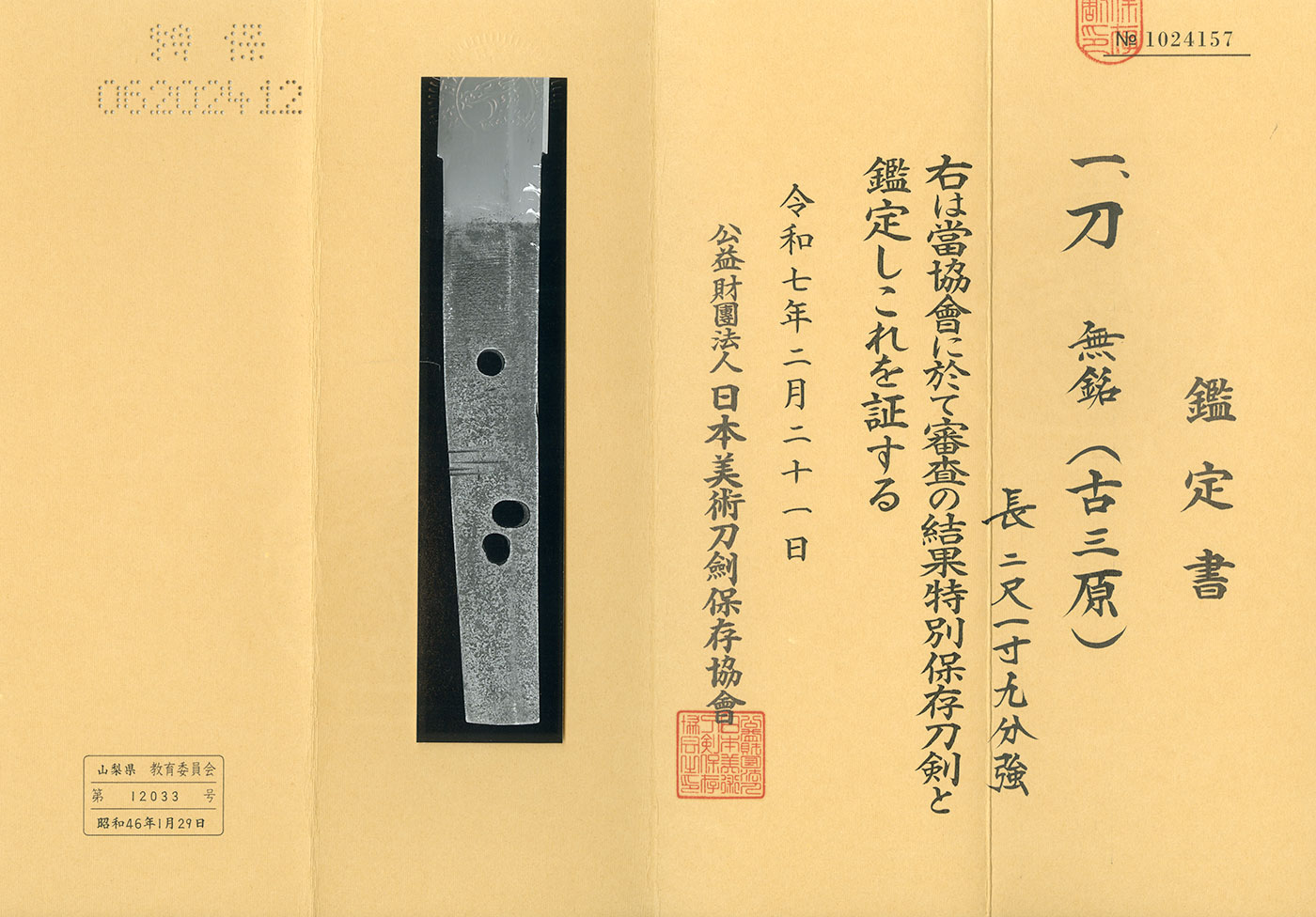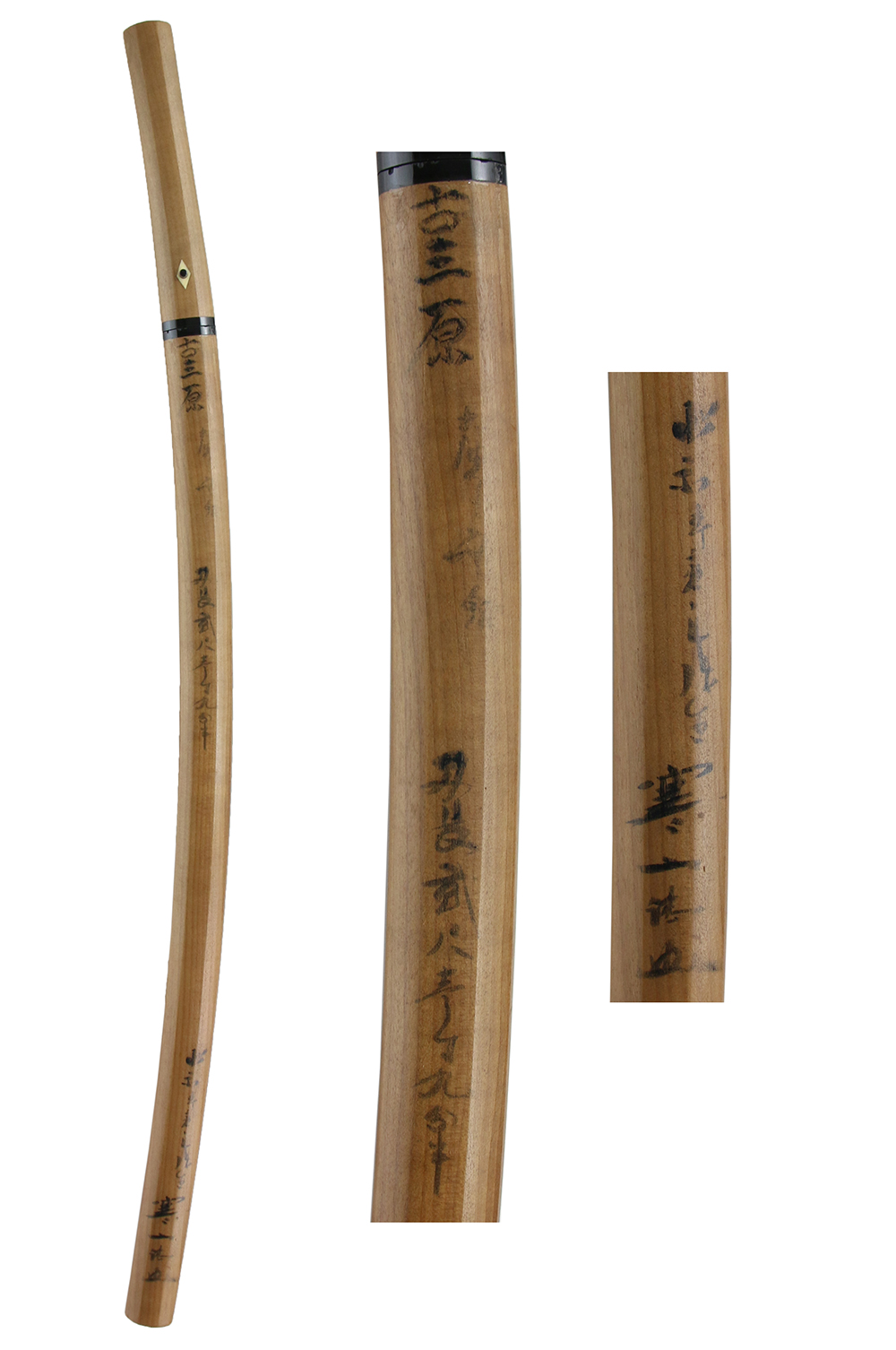Ordering number:AS24421
Katana in Shirasaya with Koshirae (NBTHK Hozon Token)
Signature: Mumei (Ko-mihara)
Sayagaki: Written by Dr. Kanzan – "Ko-Mihara, O-suriage, Mumei, Kanzan-shi"
Koto: Late Kamakura period to early Nanbokucho period
We divide 4 sections for each sword as Saijyo Saku, Jyojyo Saku, Jyo Saku and Regular Saku.
This blade is ranked as Jyo Saku among Mumei works attributed to Ko-Mihara.
Blade Length: 67.4 cm (26.54 in)
Curvature: 2.8 cm (1.10 in)
Mekugi Hole: 3
Width at Base (Motohaba): 2.78 cm (1.09 in)
Width at Tip (Sakihaba): 2.14 cm (0.84 in)
Thickness of rim (Kasane): 0.67 cm (0.26 in)
Era: Late Kamakura to early Nanbokucho period
Shape: O-suriage, Mumei. The blade has a well-balanced shape with a deep curvature, standard width and thickness, and an extended kissaki.
Jigane: Well-forged Itame-hada with Jinie, mixed with Mokume-hada. Fine Chikei appears in places, forming a refined steel surface.
Hamon: Nie-deki Suguha mixed with small Gunome-midare. Inside the Ha, there are Ko-ashi and Yo.
Boshi: Turns into a double Hamon and slightly sweeps at the tip.
Features:
The Mihara school resided in Bingo Province. It began in the late Kamakura period and prospered until the late Muromachi period. Works from the late Kamakura to Nanbokucho period are classified as Ko-Mihara, and those from the Muromachi period as Sue-Mihara.
This region was home to many temple estates of Yamato-origin temples such as Toji and Sanjusangendo, and the influence of Yamato characteristics in Mihara works is thought to result from this connection.
Throughout all periods, the Mihara school shows influences from Yamato-den, primarily using Suguha Hamon with occasional irregularities, and forging in Itame with a flowing pattern.
Compared to Yamato works, their Ji-Ha usually have weaker Nie, often showing Shirake-utsuri, with Mokume standing out in Itame. The Nioiguchi tends to be tight, and the Boshi is typically gentle.
This particular work resembles the neighboring Aoe school at first glance. The Jigane shows a fine chirimen-hada (crepe-texture), making it a captivating piece.
Koshirae:
Tsuba: Round Sukashi Tsuba with carved patterns
Fuchikashira: Iron base with engraved diamond-shaped patterns and family crests inlaid in Shakudo
Saya (Scabbard): Black ishime-ji saya
Menuki: Shakudo base, carved in high relief with family crests, detailed in gold
NBTHK Hozon Token Certificate
Aoi Art estimation paper with whole Oshigata
Auction Starting Price:850,000JPY
Place Bid
Related Items:
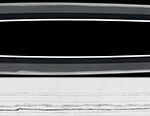 Katana: Mumei (Mihara Masanobu, late Nanbokucho)(NBTHK Tokubetsu Hozon Token)
Katana: Mumei (Mihara Masanobu, late Nanbokucho)(NBTHK Tokubetsu Hozon Token)
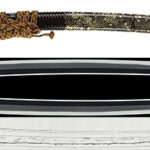 Katana:Mumei (Den Aoe) (NBTHK Tokubetsu Hozon Token)
Katana:Mumei (Den Aoe) (NBTHK Tokubetsu Hozon Token)
 Katana:Mumei (Unsigned) [Attributed to Enju] (19th NBTHK Juyo Token)
Katana:Mumei (Unsigned) [Attributed to Enju] (19th NBTHK Juyo Token)
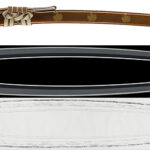 Katana: Nobutsugu(Aoe)(65th NBTHK Juyo Token)
Katana: Nobutsugu(Aoe)(65th NBTHK Juyo Token)
 Katana: Mumei (Judged as Shikkake)(the 9th Juyo Token)
Katana: Mumei (Judged as Shikkake)(the 9th Juyo Token)
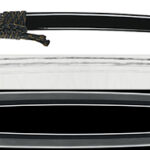 Katana:Mumei (attributed to Den Hosho).(NBTHK Tokubetsu Hozon Token)
Katana:Mumei (attributed to Den Hosho).(NBTHK Tokubetsu Hozon Token)




